QuestionOur dog, major, seems to be very protective of myself and my husband. He
doesn't get along with other dogs or any animals. We had a border collie and
as Major got older he began to become aggressive towards our collie. We had
to give our collie to my parents because we became concerned for our
Collie's well being. When we walk Major he reacts aggressively towards other
dogs that approach him. This situation came to ahead recently when Major
attacked and killed our cat. We adore Major but are also concerned how he
will behave when my husband and I choose to have children. He comes from
a mixed breed, he definitely has some dingo in him, but his broad forehead
also suggests there may be some labrador or possibly staffy. His nature and
behaviors are also similar to that of a dingo. We currently feel like we are
being held hostage by his possessive nature. What steps should we take to
improve Major's behavior around other animals?
AnswerFirst thing to do is get a clean bill of health from your veterinarian. There are a number of things that can cause aggression type behaviors that are health related, thyroid is one of those concerns.
Even though you are not seeing anything different in posture or behavior, remember that dogs are superior at recognizing extremely subtle changes and that may be part of what is happening.
As a general rule, fear motivated aggression is a defensive reaction and happens when your dog thinks she is in danger. The important thing to remember here is that it is your dog's perception of the situation, not the actual intention of the person or animal that dictates the response. Often training can assist in becoming more confident when done correctly.
Protective, territorial, and possessive aggression are similar, and involve the defense of what the dog thins are valuable resources. Territorial aggression usually involves defending property, and that "territory" may extend well past the boundaries of your yard to as far as the dog can see or hear and sometimes beyond. Protective aggression is usually directed toward people or animals whom your dog sees as threats to his family, pack and sometimes property.
You may want to put the dogs on the no free luch program where they need to earn everything they get except water. You can often control a great deal of behavioral concerns by altering a few items.
I would suggest trying the training and see what results you get from that. If you are uncomfortable with the training system, the trainer's skills or the overall "feel" of the program, seek out another person to assist you and your dog.
Links:
http://rileytrainingcenter.blogspot.com
http://www.outlawchinooks.com
Good Luck!
Aggression
This information is not meant to "fix" your dog, but rather to provide general information about aggression and some of the alternatives that are available to you and your companion. If you need specific assistance, please contact us.
What's Going on with My Dog?
The are many different types of aggression, and the most common types are:
Dominant Aggression
Fear/Defensive Aggression
Learned Aggression
Territorial Aggression
DOMINANT AGGRESSION
These are generally sane, sound dogs, and will usually only bite if you or someone else who threatens them try to place them into what the dog perceives as a submissive position. This dog may also bite if you do something that threatens the dog's position as the pack leader or alpha dog.
FEAR/DEFENSIVE AGGRESSION
The fear aggressive or defensive aggressive dog bites because he is shy or insecure, or as the name suggests, is fearful of the world and situations he cannot understand.
LEARNED AGGRESSION
These dogs are smart and manipulative and have "learned" that displaying certain behaviors will get the results the dog is looking for. Which is usually to get everyone excited. In many cases, this dog will mimic the behavior of other dogs, simply because they were doing it. For example, younger dogs will often learn to bark at strangers during a walk if an older dog is displaying this behavior, even if the older dog's aggression is motivated by something else such as fear or territoriality.
TERRITORIAL AGGRESSION
This dog becomes extremely hostile, bites your fence, jumps up and down, yells, screams and otherwise creates a ruckus when someone approaches what he perceives as his territory.
If You Need More Help
To be honest, if you're reading this, you probably are having an aggression problem with your dog, and you need professional help.
Dog training, especially learning to train a dog with an aggression problem, is a lot like learning to drive a car. Education is important, however, you can't really learn how to drive a car by reading an article or a book. You need to get behind the wheel, with Dad in the passenger seat telling you to press down on the accelerator and when to apply the brake. After awhile you get the feel for it, and pretty soon you are able to take the car out on the road by yourself. Training dogs works the same way. You can read or hear how to do it, but unless you really see how to work with the dog it is difficult to transfer theory into application.
Signs
You may think that your dog's aggression happens in an instant, however there are always warning signs that a dog will display before he bites. It is impossible for a dog to think one thing and not have it reflected in his body language. The real secret is to learn how to read your dog's body language. This means you must be aware and educated so you can detect and check aggression. A good resource for body language is the book Calming Signals by Turid Rugaas.
Attitude
When trying to "fix" an aggression problem, having the right attitude will be one of the key elements in your success. You must know intrinsically, that YOU, not your dog are the ONE in control, the pack leader or alpha. YOU, not your dog, will be the one to decide who gets barked at and who gets bitten. It all comes down to assertiveness and knowing that you are not going to be a push over. Your dog knows if you are afraid of him and/or afraid to correct his bad behavior.
Safety
Sadly, aggression isn't one of those things that just goes away by itself. In most cases a dog's aggression if left unchecked will continue to worsen over time. The reason is every time your dog acts aggressive, the behavior reinforces itself. In many cases an aggressive response can almost become a habitual response. The good news is that it's never to late to correct this behavior.
How Did This Happen?
Regardless of the type of aggression you dog may be displaying, there are really only two reasons why your dog is acting this way:
Reason #1: Your dog does not see you as his pack leader. If he did, you would tell him to sit and be quiet and he would respect your wishes immediately. He would also respond to you, bond with you and really want to please you in all other aspects of his life too.
Reason #2: You and your dog are speaking entirely different languages. For example, many people pet their dog when the dog shows aggression, thinking this "petting" will reassure the dog and give him confidence. In reality, the dog thinks the owner is telling them "Good Dog! Yes, that's very good, that's exactly what I want. Be more aggressive." Therefore, the owner is inadvertently reinforcing the unwanted behavior.
THREE THINGS YOU MUST KNOW ABOUT FIXING AGGRESSION
Timing: Timing is the dog's ability to associate either a positive or negative outcome in response to a specific behavior. In this case, the dog must understand that displaying aggression will be met with a negative outcome, and he MUST be able to ASSOCIATE this negative with the behavior. (In this case AGGRESSION.)
Consistency: Every time your dog exhibits a specific behavior, he must get the same response. Take rose bushes, for example. Rose bushes are protected by having thorns on them. Dogs will not jump into rose bushes because every time they try, they will get pricked by the thorns. In other words, they receive a negative association every time they exhibit this behavior. Think black and white, but no shades of gray.
Motivation: Most people know about timing and consistency, but motivation is what separates the "big dogs" from those who sit on the porch and watch. Being motivational simply means that everything you do must have a reason and meaning. Let's say you were pulled over for speeding and the officer were to issue you a ticket (a CORRECTION) for speeding, but the ticket is for $2.00, that is not motivational enough to get you to stop speeding. If the same ticket cost you $2,000 you would probably stop speeding immediately because the ticket had meaning and therefore was MOTIVATIONAL. Make sure everything you do with your dog is motivational, whether it is praise or correction.
In regard to aggression, your dog must associate a good, motivational correction every time he displays his aggression. When he decides that showing aggression is not in his best interest, give him lots of motivational praise to reward him.

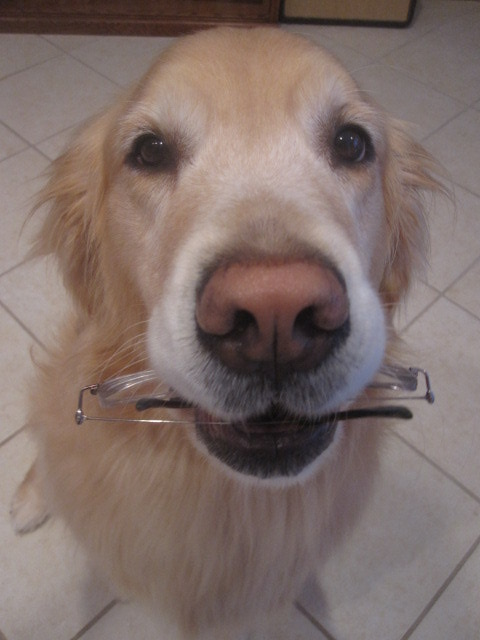 question about beagle puppy
QuestionHello, I have recently acquired a beagle puppy.
question about beagle puppy
QuestionHello, I have recently acquired a beagle puppy.
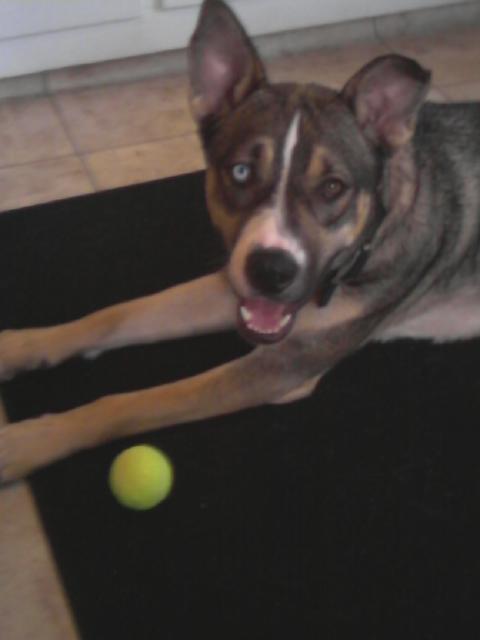 Dog tackling
Question
My dog
I would like to know a technique or a t
Dog tackling
Question
My dog
I would like to know a technique or a t
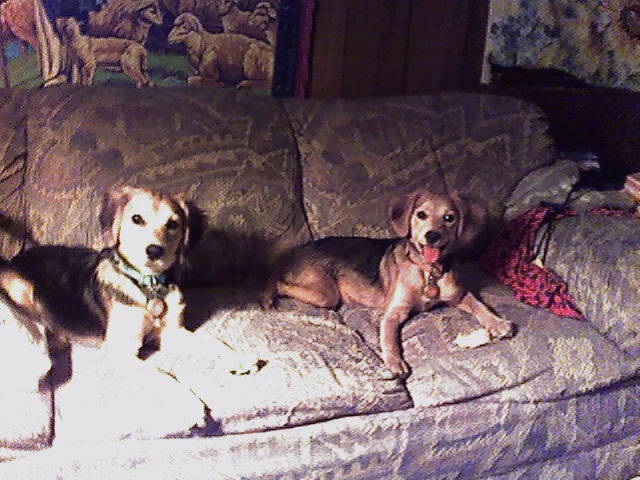 bladder issues in rescue pups
Question
collie-shepherd pups
We have had two rescued s
bladder issues in rescue pups
Question
collie-shepherd pups
We have had two rescued s
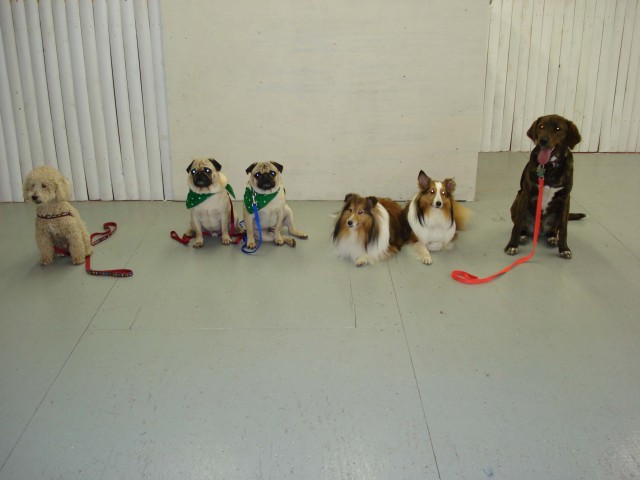 Male Chesador
QuestionWe have a 8 month old puppy that is more than s
Male Chesador
QuestionWe have a 8 month old puppy that is more than s
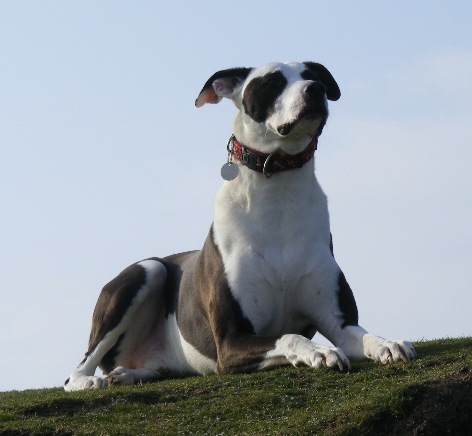 Ponter cross aggression
Question
Ollie
I have an 8 y/o pointer cross lurcher (w
Ponter cross aggression
Question
Ollie
I have an 8 y/o pointer cross lurcher (w